Never heard of julmust? If you’ve already been to Sweden around Christmas or Easter, or had a close look in the foodmarket at Ikea, it will ring a bell. Julmust is a soft drink that is very popular in Sweden around Christmas, also referred to as Swedish Christmas soda. In December the sales of julmust even exceed those of coca-cola! The Swedes drink about 40 million liters of julmust every year. Yes, that is an average of about 4 liters per Swede! With the recipe below you can serve homemade julmust during your Swedish julbord.
The origin of julmust
The original recipe for julmust comes from Robert and Harry Roberts. It was originally intended as a non-alcoholic variation on the Christmas beer, julöl. Father and son invented the drink at the beginning of the 20th century in Örebro. To this day they are the only makers of the syrup for the julmust. Bottling is now done by various companies.
Recipe for homemade julmust
Because it’s so hard to get in Belgium (I don’t go to Ikea very often now), I experimented with a Swedish recipe for julmust (from land.se). In Sweden it is only available around Christmas (and around Easter but with a different label).
It is not really difficult to make your own julmust, but it does take some work. Don’t be put off by the fact that you have to make a ‘soda start’ first. That ‘soda start’ is a bit like the mother dough for a sourdough bread. You can continue to cultivate the soda start by adding a teaspoon of grated ginger and a teaspoon of cane sugar every other day.
I have to admit, some ingredients are not so easy to find in the stores and I brought them from the ICA in Sweden.
How do you make the ‘sodastart’ for your julmust?
You need a jar/bottle of about 4 liters. Make sure it is very clean before you start the whole adventure. You will also need a thin kitchen towel and a sturdy elastic that goes around the opening of your jar/bottle to keep the towel in place.
Put half a liter of water together with 2 tablespoons of finely grated ginger, a tablespoon of cane sugar and 1.5 tablespoons of fine sugar in the jar. Mix well. Cover your jar with the towel and close with the elastic. This way the sodastart can ‘breathe’. Stir this mixture well twice a day and leave it in a fairly warm place for 4 to 6 days. As soon as you hear bubbles and/or see bubbles while stirring, your soda start is ready. We are almost half way through the recipe for julmust. Or almost, haha.
Ingredients julmust
- 1 dl raisins
- 3 dried figs
- 3 to 4 plums
- 1 dl ginger, finely chopped
- 1 dl dried juniper berries lightly ground in the mortar
- 2 pomeransskal (e.g. from Sancta Maria)
- 2 muskotblomma (also from Sancta Maria – note: this is not nutmeg!)
- 3 cloves
- 10 cardamom pods (also from Sancta Maria)
- 2 star anise
- 4-5 cinnamon sticks
- 2 teaspoons citric acid (I bought it at the health food store)
- 1 + 2.5 l water
- 400 g dark raw sugar
- 2 dl soda start (recipe above)
Preparation homemade julmust
- Mix the fruit, herbs, citric acid and 1 liter of water in a pot and let it boil for 20 minutes.
- Add the sugar and let it melt. Remove the pan from the heat and add another 2.5 liters of water.
- Put a lid on your pot and let it sit for about 12 hours.
- Get 2 dl of your sodastart through a sieve and mix with the above mixture.
- This should now be left at room temperature for 3 to 5 days, covered with a kitchen towel.
- If you hear a fizzing sound when you move the mixture, your jul must is ready.
- Pour the julmust into well-cleaned glass bottles.
- Let the bottles stand at room temperature for 1-2 days.
- Then place the bottles in the refrigerator to to stop fermentation. You can store the julmust for up to 4 weeks.
If you keep ‘feeding’ your sodastart, you can make this recipe for julmus over and over again.
Pin it
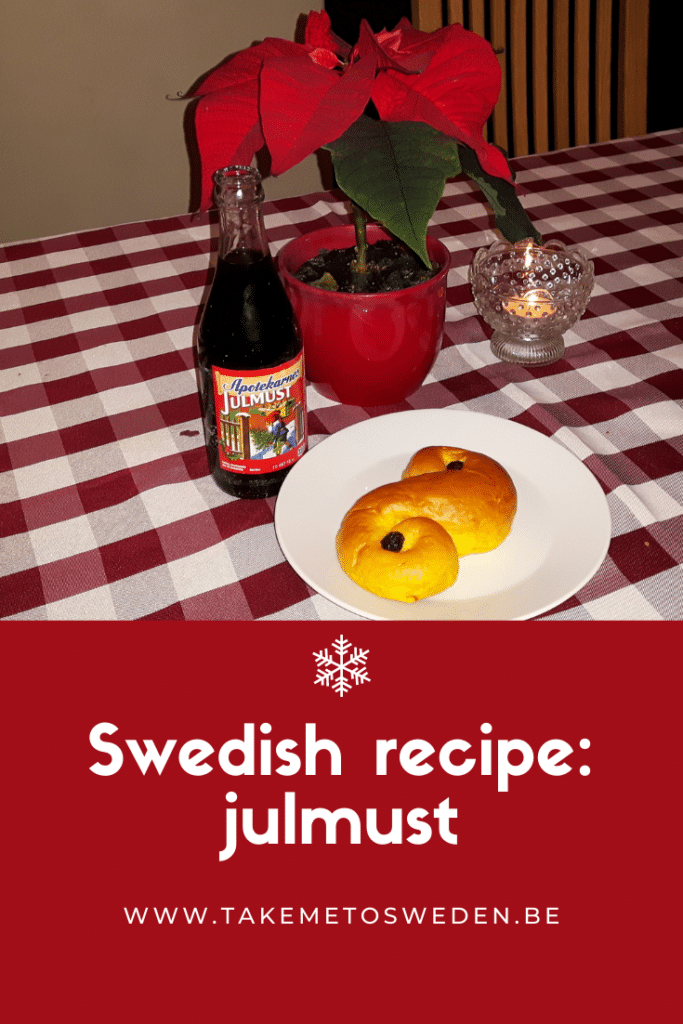
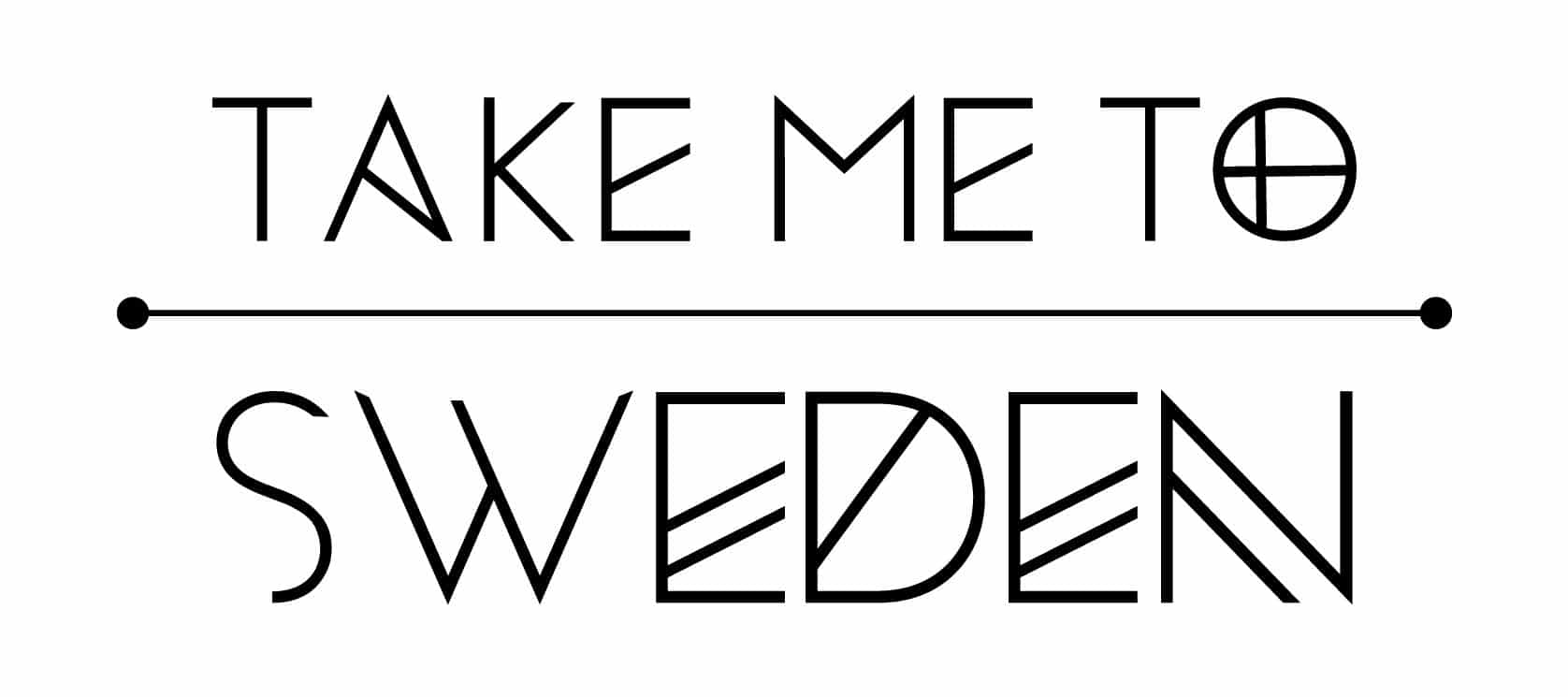
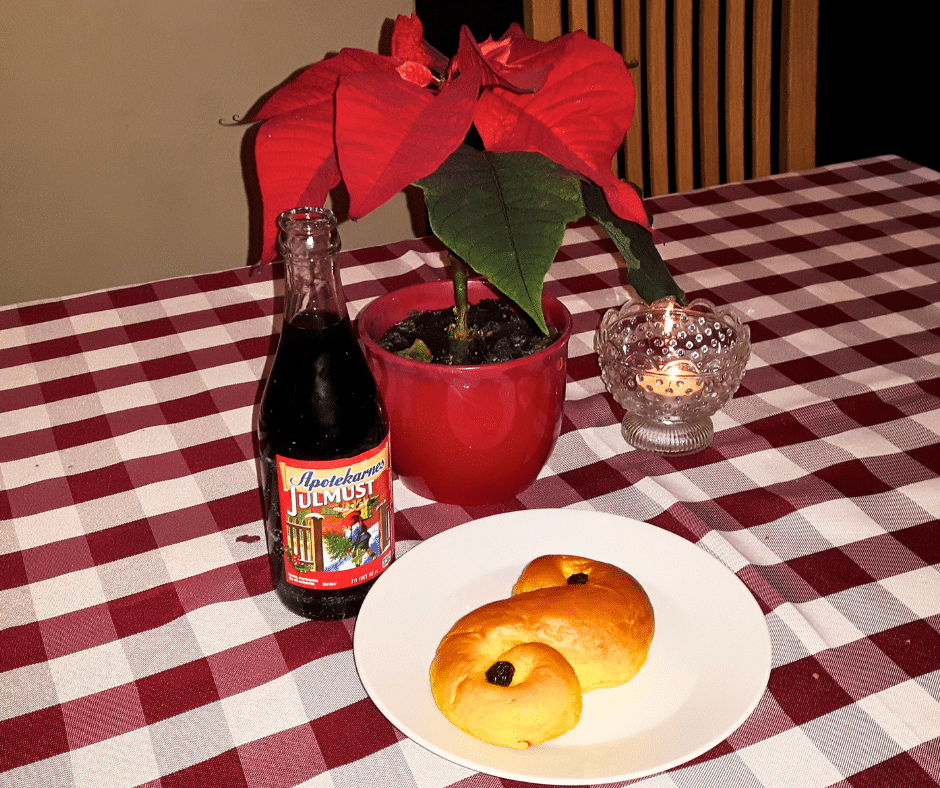
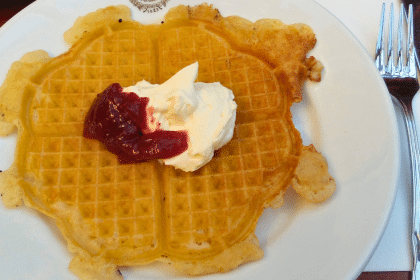
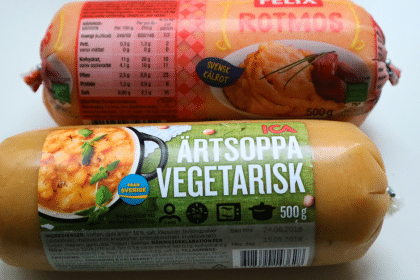

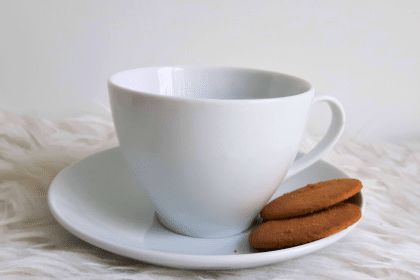
Hi Heidi, could you elaborate on what “pomeransskal” and “muskotblomma” are exactly?
“Foelie” (muskotblomma) and dried orange peel (pomeransskal), correct?
Hej, yes that’s correct. I bought these in Sweden as I couldn’t find it in the Belgian supermarkets.